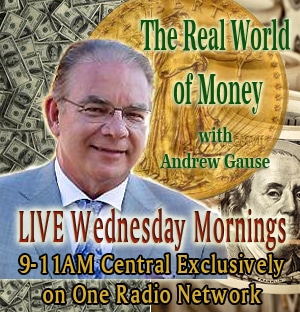TARP investments are certainly “troubled.” And Washington, it turns out, isn’t the best short-term investor.
The government’s investments in the nation’s ailing banks, made
through the newly coined Troubled Asset Relief Program, or TARP, have
taken a huge hit since the program started making capital injections
last October. Thanks to last week’s stock market sell-off, the
government is now sitting on a paper loss of at least 55 percent, or
$107.7 billion, on the $195.5 billion invested under the TARP program.
That amounts to a $768 paper loss for every taxpaying household,
according to the Ethisphere Institute, a think tank focused on business
ethics. And these figures do not include the losses from Monday’s sharp
drop on Wall Street.
The Ethisphere Institute has created the Ethisphere TARP Index to
track the return on the government’s investments under the capital
purchase portion of TARP.
Some of the biggest losers last week were Citigroup, Bank of America, Wells Fargo and JPMorgan Chase,
which collectively have cost taxpayers $70.6 billion in paper losses so
far. Excluding the investments in those four banks, the TARP fund has
still lost 38.6 percent, or $37 billion, through last Friday,
Ethisphere reports.
But not every investment is a loser. Morgan Stanley,
which received $10 billion in TARP funds, has produced the largest
absolute gain so far of almost $700 million. On a percentage basis, Great Southern Bankcorp, which received $58 million under TARP, is up 27.1 percent and Monarch Community Bancorp, which received $15 million, has seen its shares rise by nearly 18 percent.
Huntington Bancshares of Columbus, Ohio, which got
$1.4 billion of taxpayer money, has been the second worst performer
behind Citigroup. Huntington shares have declined 85 percent since the
government invested on Nov. 14.
–Zachery Kouwe

'How to Lose 55 Percent: Invest in TARP' has no comments
Be the first to comment this post!